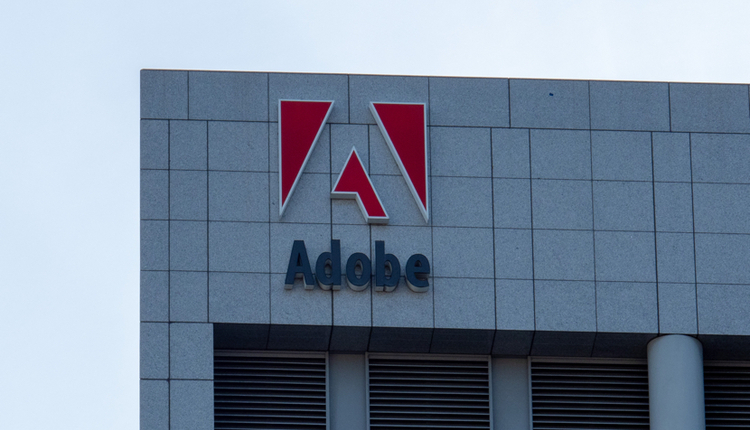Summer has come and gone, and economic conditions seem marginally better than they were when I wrote my February column (I think the terminology is "less worse"). To survive the recession, most companies have had to cut wide and deep, and the new, lean mentality will be with us for a long, long time. Industries that have lagged in workflow and transaction automation are now facing the facts: The costs and inefficiencies of paper processing are decimating them, and they have to do something about it. Soon. The insurance, utilities, health care and government agencies come immediately to mind. I once read in a TAWPI Forms Processing and Data Capture Study that 30% of the government respondents used no automated recognition technology, compared to three percent for the banking and finance industry. Today, paper suppression isn't just about going green; it's about saving green.
The most obvious first step is to eliminate paper from the remittance process. Electronic presentment and processing are mature and mainstream, thanks to decades of investment by the financial services industry. Those of us that have participated in the evolution of check conversion, EBPP and document scraping have learned a lot about eliminating paper. One of the lessons we've learned is to look under the hood in the back office to see how efficient you really are. Another key takeaway we've discovered is that customer behavior is driven by convenience. Now the financial services industry is leading the way in forcing paper suppression, and other industries will not be far behind. Sure, consumers like to have paper bills if they're free, but will they pay extra for that convenience to offset the high costs of paper and postage? Probably not. Most billers have remained agnostic about various types of electronic payment methods, but that may (or should) change, too.
We've also learned a lot about complicated hybrid transaction environments and how to cope with them through imaging and recognition technologies. Insurance, health care organizations and government agencies looking to implement workflow automation, and consolidated archives can benefit from our experience with capturing ink and integrating it with images and electronic transactions. Despite corporate consolidations, there are still plenty of mid-size or satellite organizations that will continue to rely on paper, even as big companies adopt advanced ERP platforms. Remote capture, as it continues to evolve to become more portable and accessible, along with correspondence automation will be valuable tools for converting paper very early in the workflow.
Paper suppression is becoming essential for competitive viability. Based on their experiences with online banking and payments, consumers know that paperless transactions can be conducted successfully and securely, and they've gotten used to the convenience of 24/7 online self-service. Consumers will never turn back, particularly as Baby Boomers retire and Gen Y ascends in importance. Back in 2007, TowerGroup commented that "insurance carriers need to respond to consumers' experiences with other financial transactions or risk losing business to financial services organizations that have adopted leading-edge technology for contract execution." For the financial services industry, paper suppression has evolved from a competitive differentiator to a fundamental necessity. I would not be surprised if other industries, learning from these lessons, follow the same path.
As we come upon fall, it continues to be an interesting time in our business and world. Change is inevitable. Cost efficiencies and consumer retention are critical. It's time to look beyond the obvious and delve deep to continue your leading-edge approach to business!
TRACY DALTON [tracy.dalton@regulusgroup.com], is manager of product development and management for Regulus Group, a transaction processing solution outsourcer provider. Ms. Dalton is responsible for new products and services that meet the strategic direction of Regulus and their clients.












